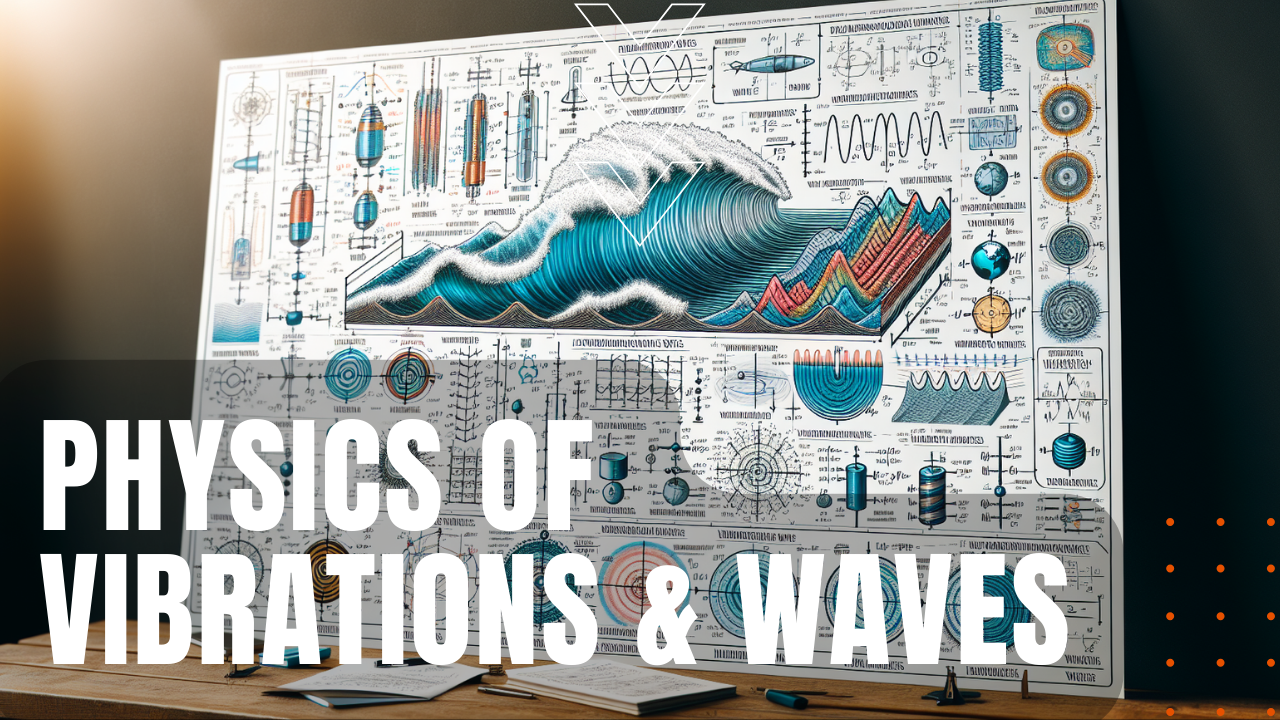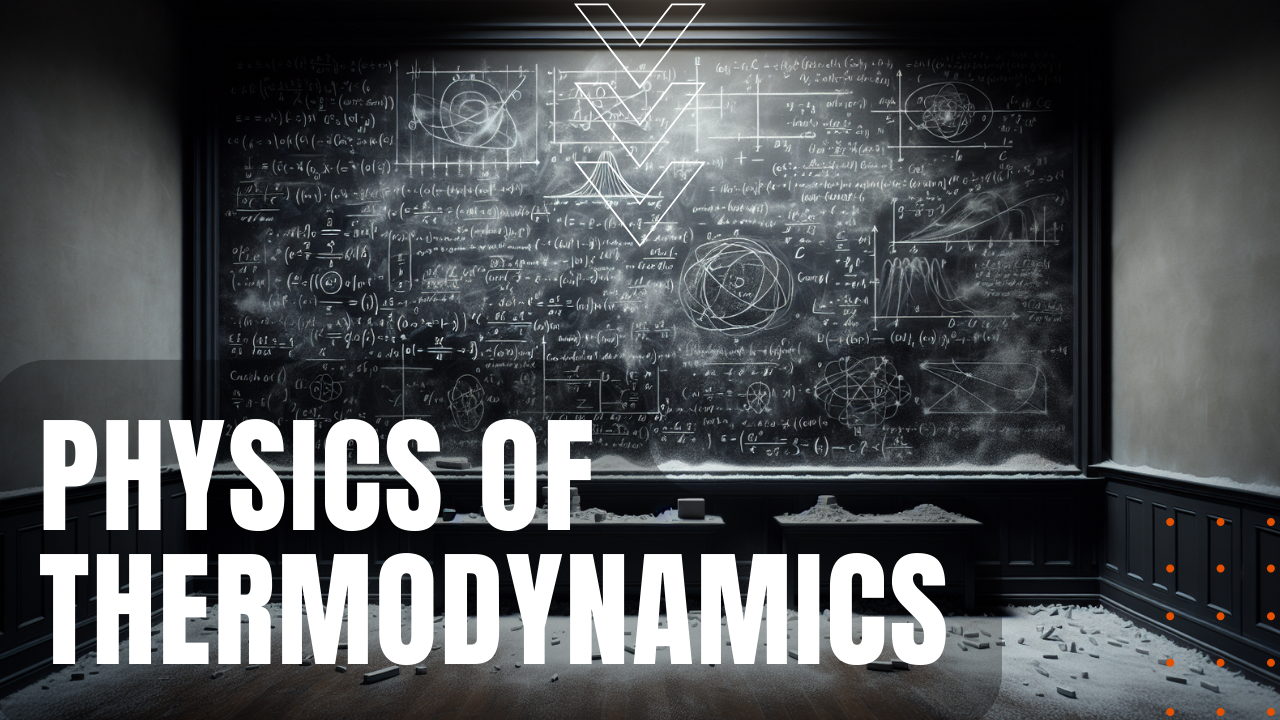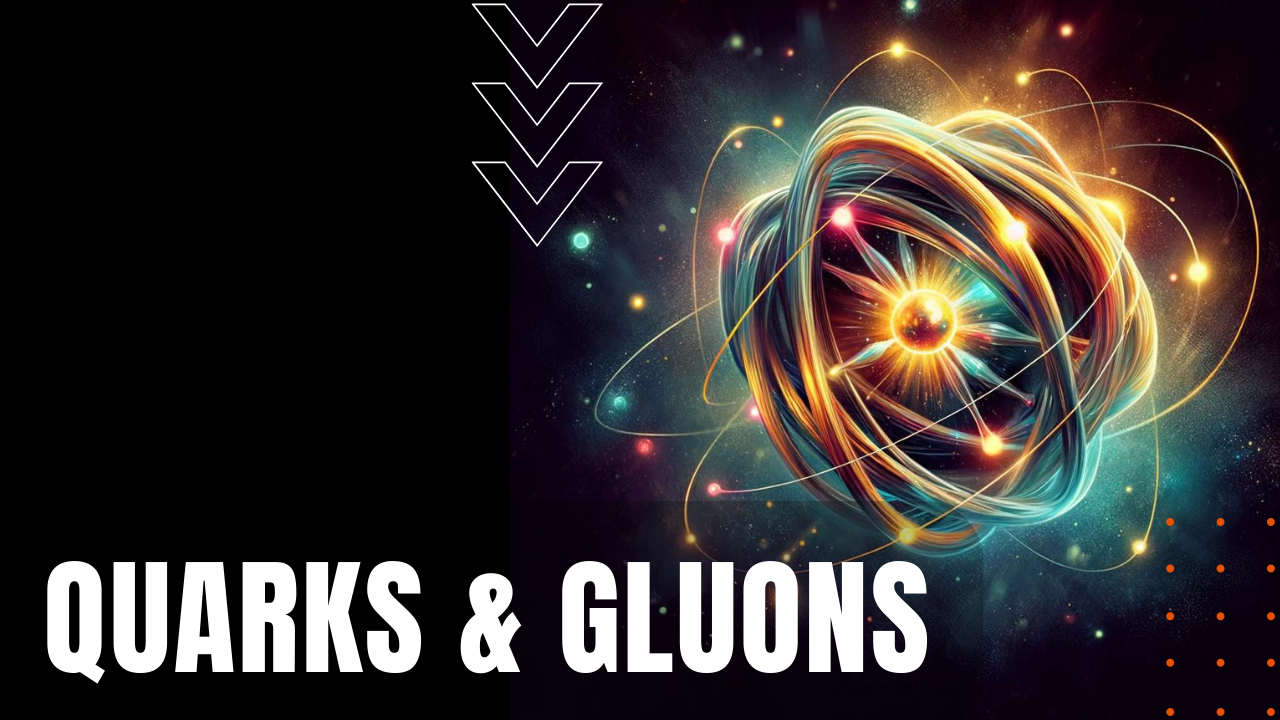-
June 10, 2024
The Physics of Vibrations & Waves
The study of vibrations and waves in physics involves understanding the behavior of oscillating systems and the propagation of disturbances through a medium. This field explores the principles governing the motion of particles and energy transfer in various wave phenomena, such as sound and light.
-

-
June 3, 2024
Physics of Thermodynamics
Thermodynamics is a branch of physics that studies the relationships between heat, work, and energy. It explores how these factors interact within systems and how they can be manipulated to produce desired outcomes. The laws of thermodynamics govern these processes and provide a framework for understanding energy transfer and transformation.
-

-
May 22, 2024
The Physics of Light
The physics of light involves the study of electromagnetic radiation, its properties, behavior, and interactions with matter. It encompasses topics such as reflection, refraction, diffraction, and polarization. Understanding the physics of light is essential in various fields, including optics, astronomy, and telecommunications.
-

-
April 5, 2024
Breakthroughs in Antimatter
Recent advancements in antimatter research have led to groundbreaking breakthroughs in the field. Scientists have successfully trapped and studied antimatter particles, shedding light on their properties and potential applications. These developments have the potential to revolutionize our understanding of the universe and could lead to significant technological advancements in the future.
-

-
March 12, 2024
Quantum Chromodynamics
Quantum Chromodynamics (QCD) is a theory that describes the strong nuclear force, which binds quarks together to form protons, neutrons, and other particles. It is a fundamental theory of particle physics and is part of the Standard Model. QCD involves the study of the interactions between quarks and gluons, which are the carriers of the strong force.
-

-
March 11, 2024
Quantum Electrodynamics
Quantum Electrodynamics is a branch of physics that combines quantum mechanics with classical electromagnetism. It describes the interactions between electrically charged particles and electromagnetic fields. It is a highly successful theory that has been used to explain and predict a wide range of phenomena, including the behavior of subatomic particles and the properties of light.
-

-
March 7, 2024
Quarks and Gluons
Quarks and gluons are elementary particles that make up protons and neutrons. Quarks have fractional electric charges and are held together by gluons, which are the carriers of the strong force. They play a crucial role in the structure and interactions of matter, as described by the theory of quantum chromodynamics.
-
